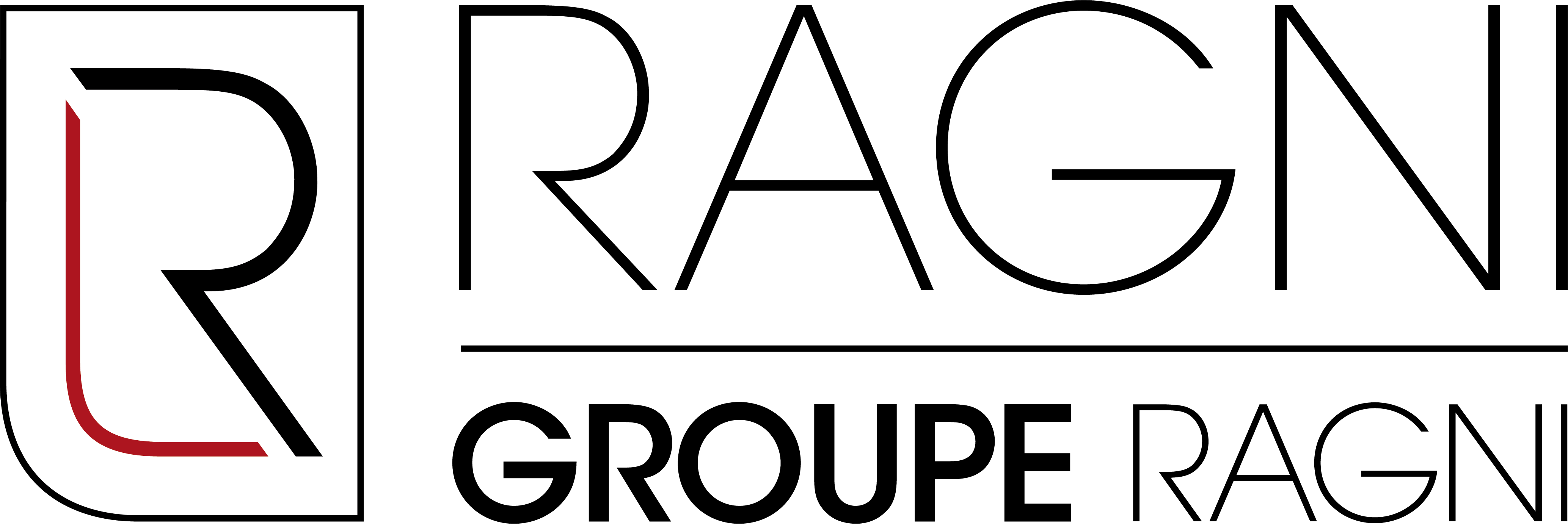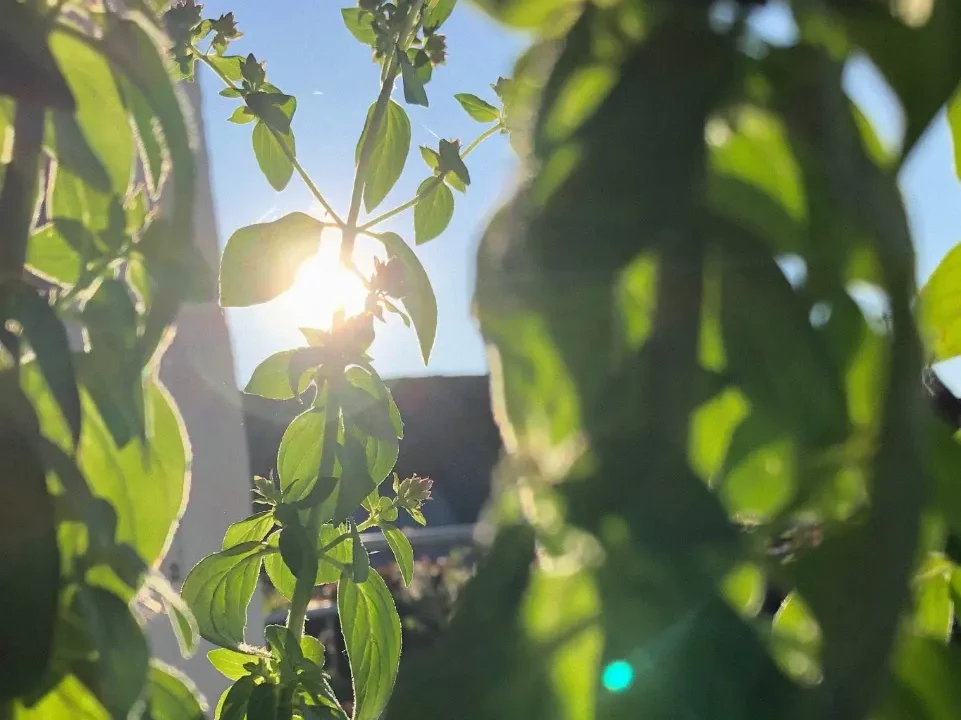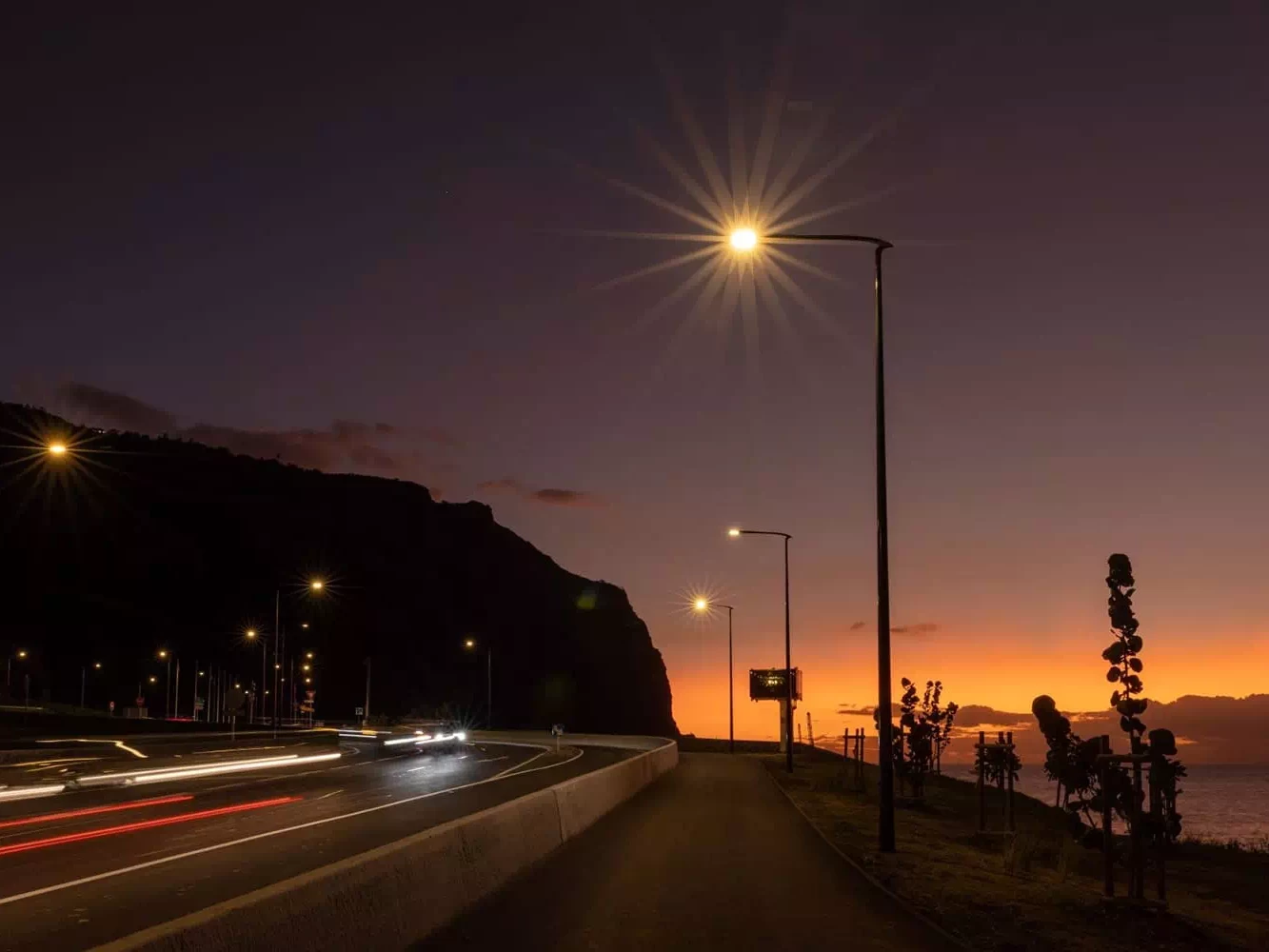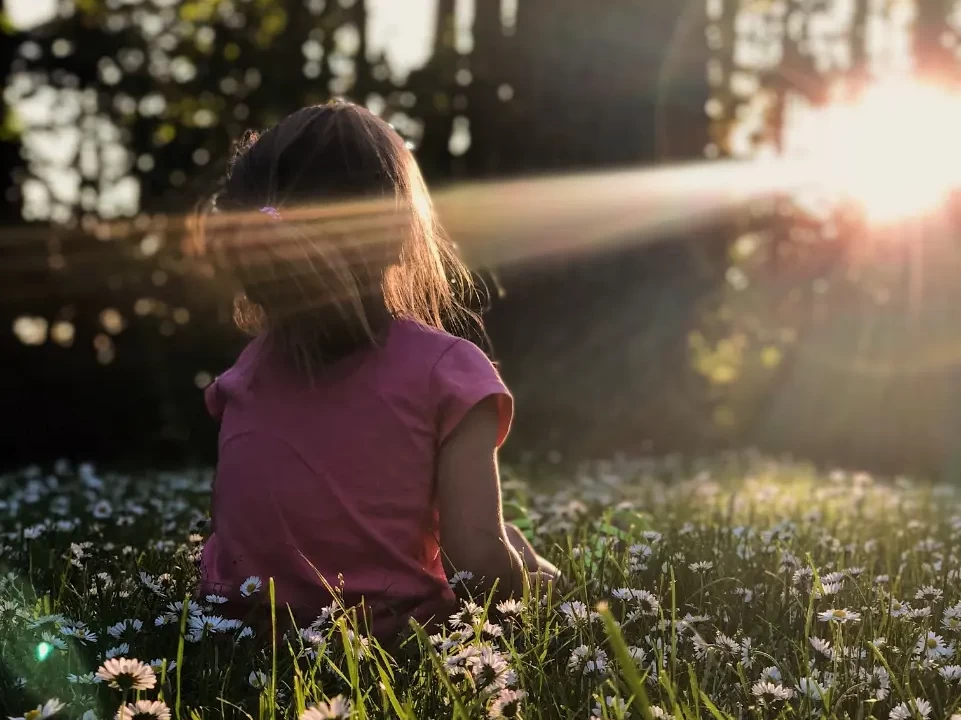INDUSTRY, LIGHTINGAND ENVIRONMENT
A central but somewhat underestimated branch of urban development, the public lighting sector is now at the crossroads of societal challenges and is fully involved in the environmental policy of the territories. Management of natural resources, interaction with biological diversity, energy management, limiting pollution… our choices are those of an industrial company that seeks to adopt a global vision of its production ecosystem to make it compatible with natural ecosystems.
Organized in an Integrated Quality-Security-Environment Management System, we include the analysis of environmental risks and opportunities in all our processes in order to manage our improvement plan.
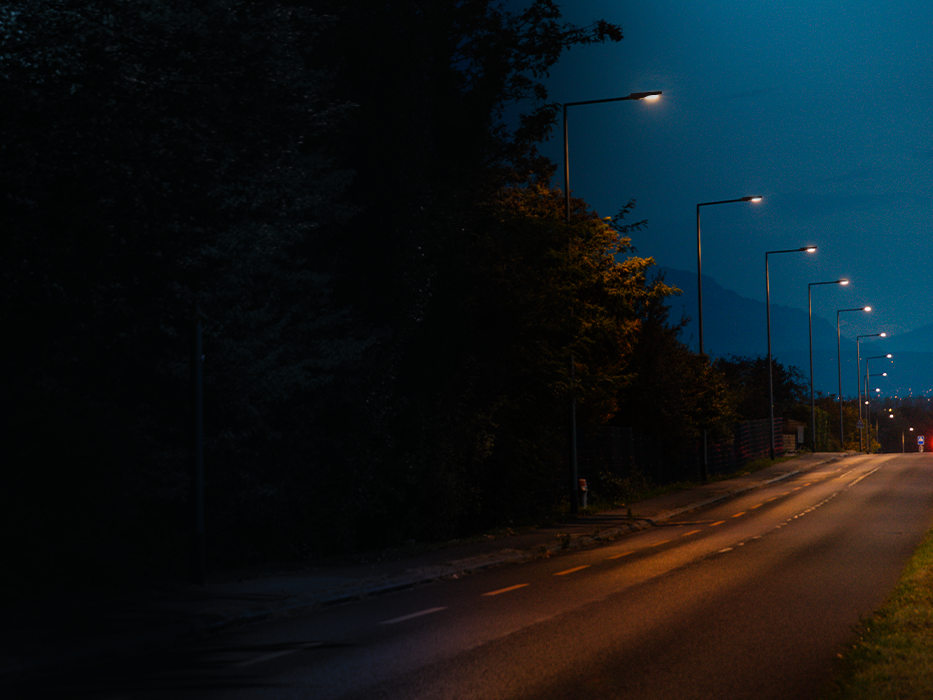
Climate and resources
As a Coq Vert climate ambassador and a company labelled “Entreprises Engagée pour la Nature” (Committed to Nature), we are committed to reducing our impact through concrete actions.
Did you know that?
41%
Part of electricity consumption allocated to public lighting by local authorities
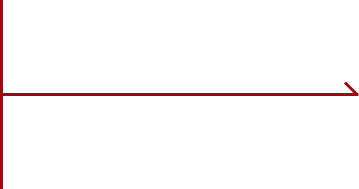
5,6
TWH/year
This represents the equivalent of the annual consumption of 1.1 million households
100000 T
eq.co2
Or the equivalent of 5.8 million kilometers by car.
41%
Part of electricity consumption allocated to public lighting by local authorities

5,6
TWH/year
This represents the equivalent of the annual consumption of 1.1 million households

100000 T
eq.co2
Or the equivalent of 5.8 million kilometers by car.
Disturbance of fauna and flora: fragmentation of habitats, imbalances in ecosystems, disruption of circadian rhythms.
Pollution generated by the company and the transport of raw materials and by products at the end of their life.
Luminous halo making the exercise of astronomy more and more difficult, 60% of children living in cities have never seen the Milky Way, only about twenty stars remain visible.
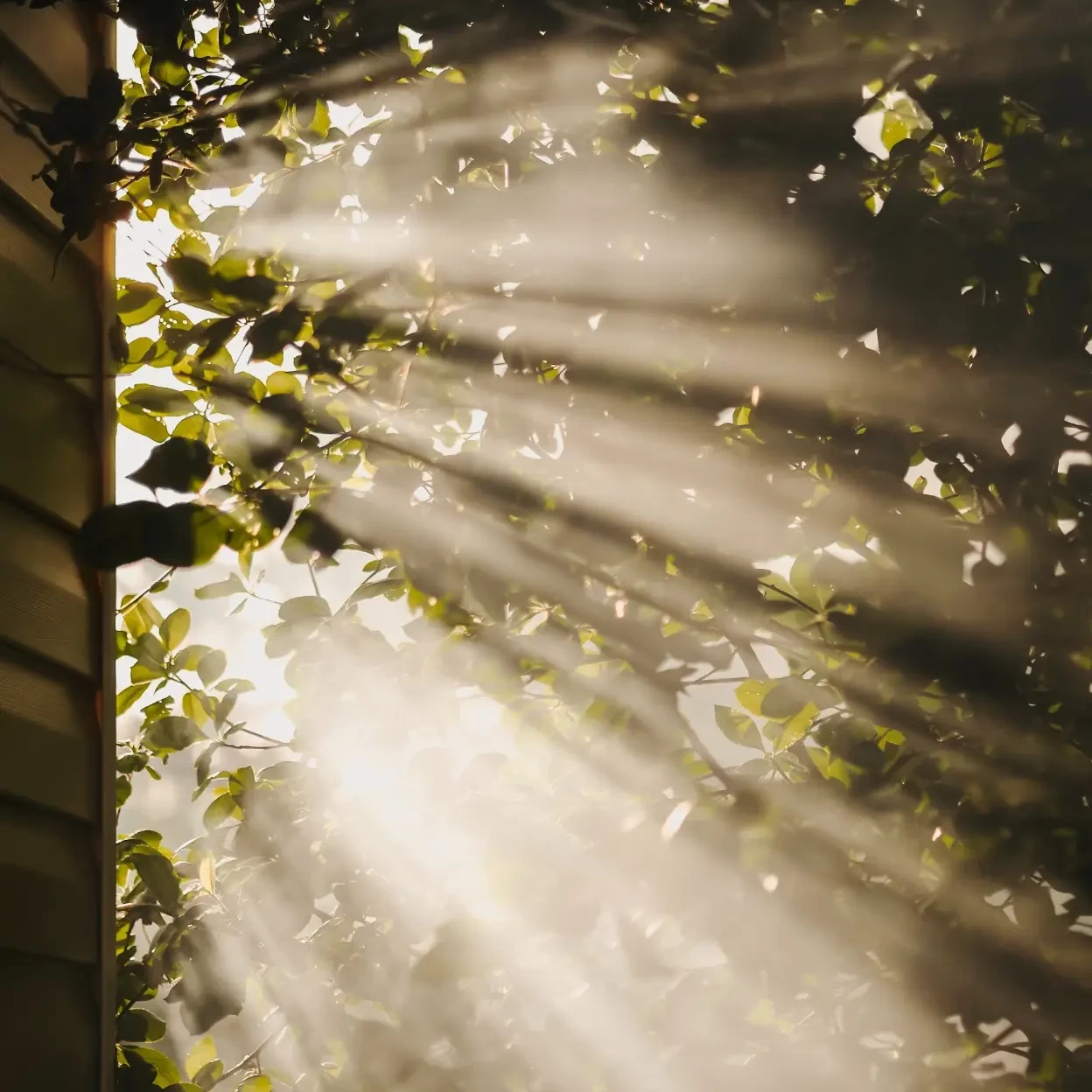
biodiversity
Artificial outdoor lighting has become instrumental in providing a sense of security to people travelling at night, and has become a key element in the economic and social life of Western societies. The need for light in developing countries is increasingly expressed.
Apart from the weight that it can represent in the energy bill of the communities, artificial lighting is intrusive for the fauna and the flora and disturbs the vital functions of wild species. This is why, considering the central place of biodiversity in our activities, we are working on a strategy for the protection of biodiversity in three ways:
- Promoting biodiversity around our production sites
- Integrate biodiversity protection into our commercial offer
- Raising awareness among all of our stakeholders on the crucial subject of biodiversity.
RAGNI a rejoint l’initiative pour intégrer la protection de la biodiversité à sa stratégie globale. RAGNI has joined the “Entreprises engagées pour la nature (Comitted to nature) initiative to integrate biodiversity protection into its global strategy. The action plan is freely available for consultation on the EEN company page.
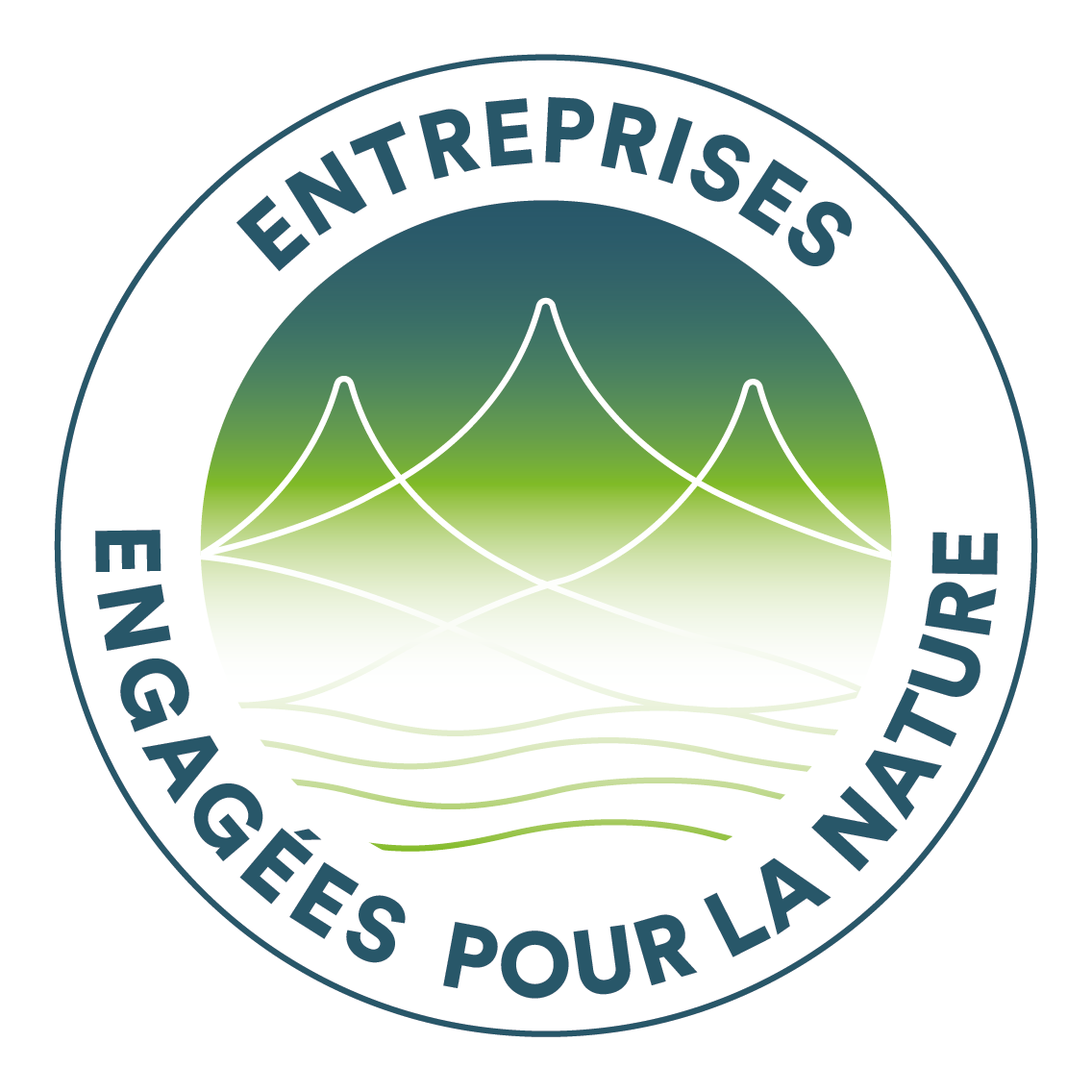
Ragni's environmental path
Ragni's environmental path
Faced with the current environmental and societal challenges, we propose concrete solutions to our stakeholders. Our objectives are clear:
1
Understand: quantify our impacts to control them, diagnose the flows
2
Act: define our objectives to reduce our impacts, modernize our processes
3
Build: evaluate our strategy and readjust it

Energy and climate
Achieve our first carbon footprint by the end of 2023
Obtain ISO 14001 certification and implement the impact reduction action plan by the end of 2023
Contribute to the deployment of autonomous lighting
Finalize the modernization of the Cagnes-sur-Mer plant in an industrial ecology approach by the end of 2024
Establish a biodiversity protection strategy with SMART objectives
Propose responsible innovations for the benefit of urban biodiversity
Raise awereness among our stakeholders about the issues of habitat fragmentation and dark infrastructure
Resources
Build a partnership around the recycling of wood waste by the end of 2023
Strengthen our involvement in the WEEE sector
Increase the proportion of recycled material in our processes
Study the characterization of bio-based materials to evaluate their potential for public lighting
Be a part of at least one new circular waste and resource management scheme
Achieve our first carbon footprint by the end of 2023
Obtain ISO 14001 certification and implement the impact reduction action plan by the end of 2023
Contribute to the deployment of autonomous lighting
Finalize the modernization of the Cagnes-sur-Mer plant in an industrial ecology approach by the end of 2024
Biodiversity
Establish a biodiversity protection strategy with SMART objectives
Propose responsible innovations for the benefit of urban biodiversity
Raise awereness among our stakeholders about the issues of habitat fragmentation and dark infrastructure
Build a partnership around the recycling of wood waste by the end of 2023
Strengthen our involvement in the WEEE sector
Increase the proportion of recycled material in our processes
Study the characterization of bio-based materials to evaluate their potential for public lighting
Be a part of at least one new circular waste and resource management scheme
Pollutions
Eliminate plastic from our packaging and reduce the amount of plastic from our suppliers by at least 50%.
Reduce our waste production
Recycle a maximum of material
Raise our partners’ awareness of site pollution generated by their industrial activities
Eliminate plastic from our packaging and reduce the amount of plastic from our suppliers by at least 50%.
Reduce our waste production
Recycle a maximum of material
Raise our partners’ awareness of site pollution generated by their industrial activities
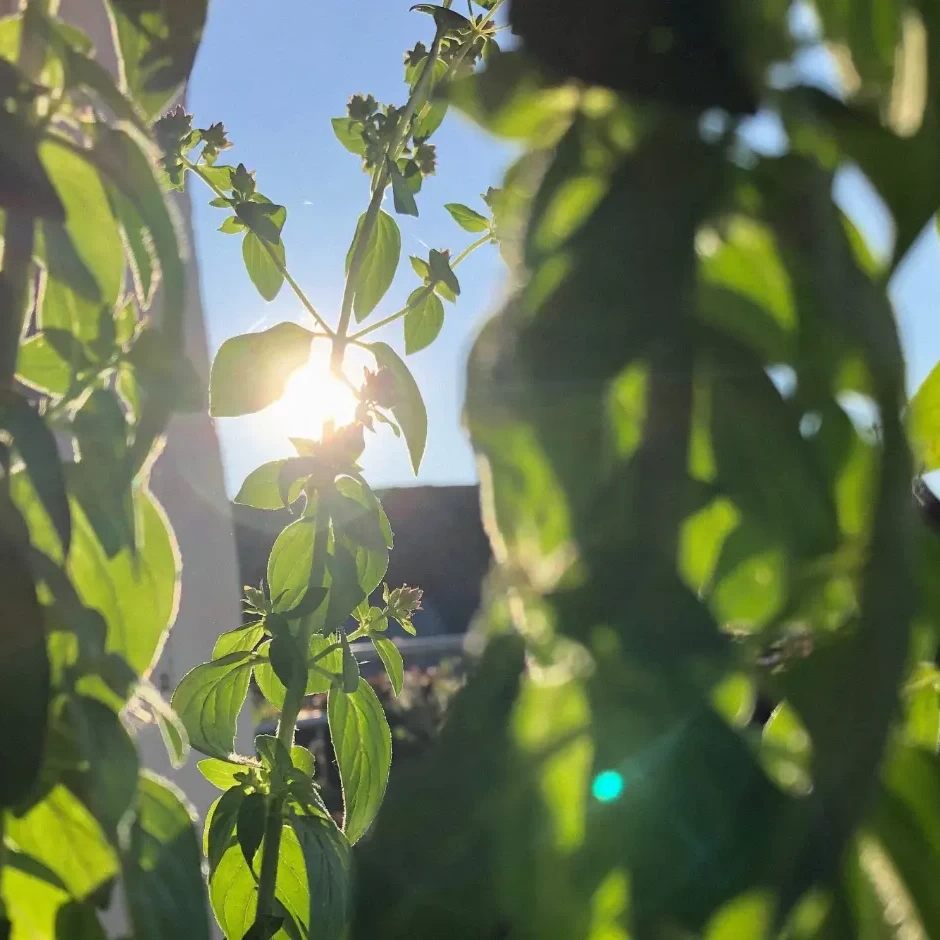
The ecodesign
oflight
Ecodesign can be applied to a product as well as to a service. The photometric study, thanks to which we will dimension the solution as close as possible to the needs and objectives of the project, is an essential prerequisite, guaranteeing the ecodesign of the lighting. Temporality, color temperature, distance between light points, taking into account the wildlife present and their need for darkness, distribution of the luminous flux… it is during the usage phase that our products have the most significant impact. It is therefore on this aspect that we seek, with you, to determine the most optimal scenario.
SEE ALSO
